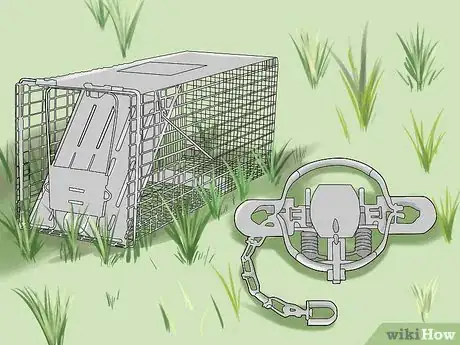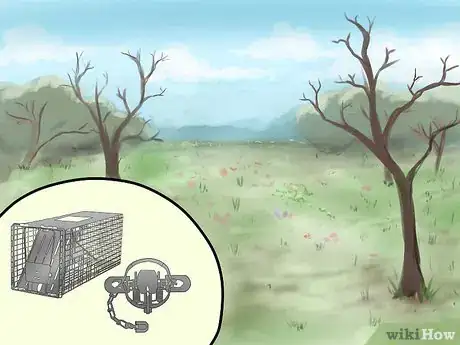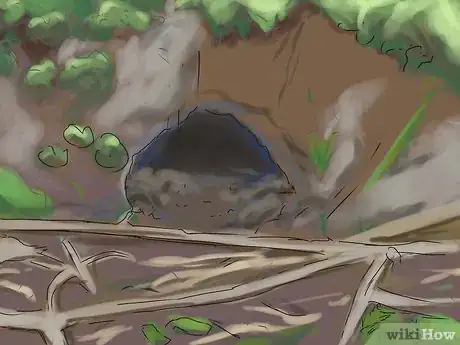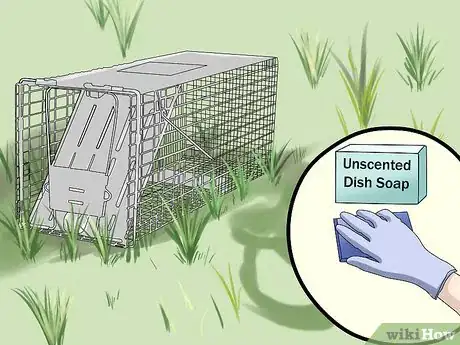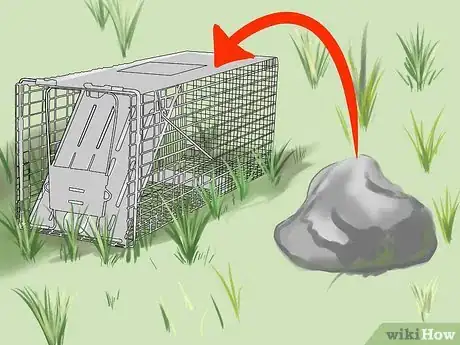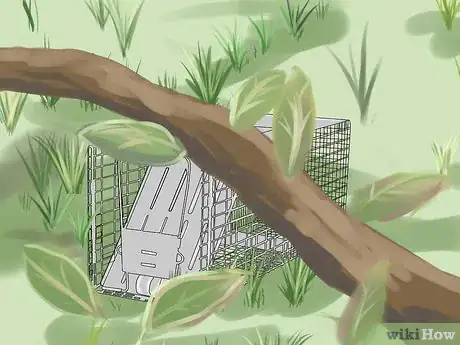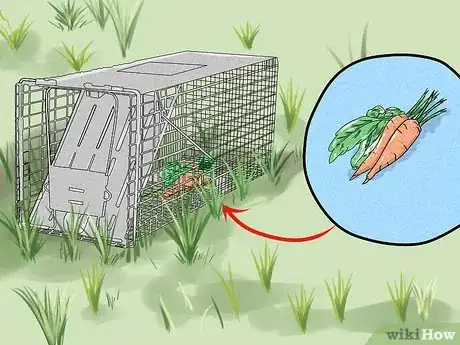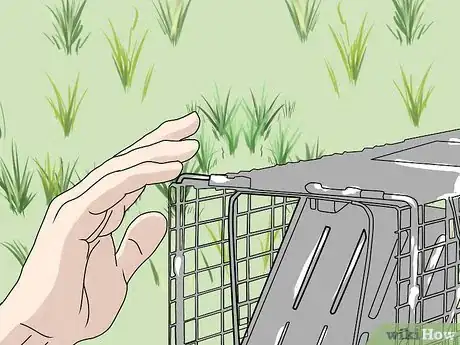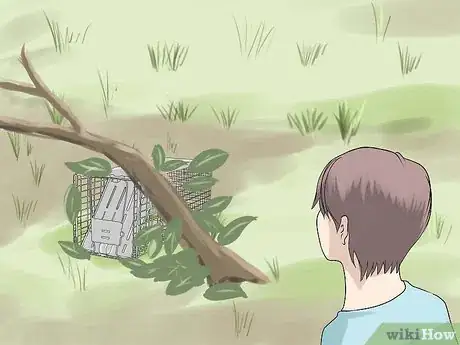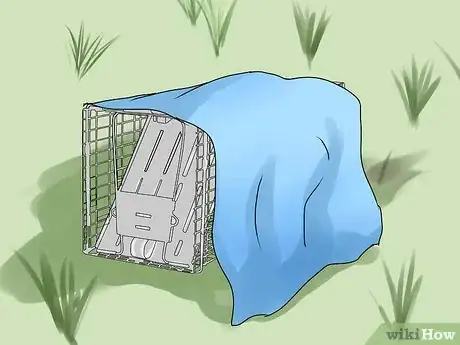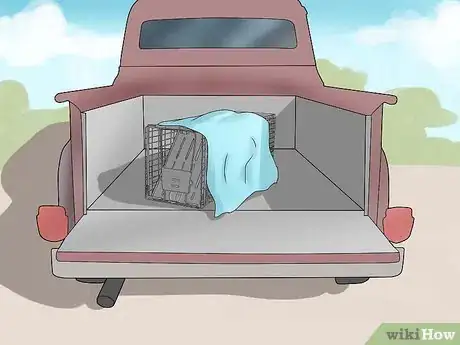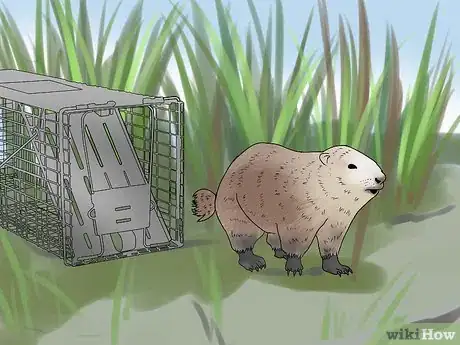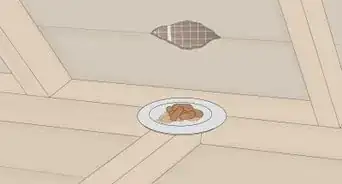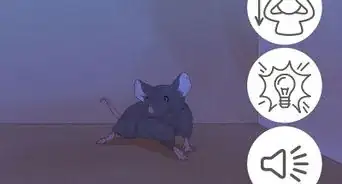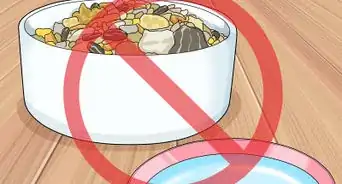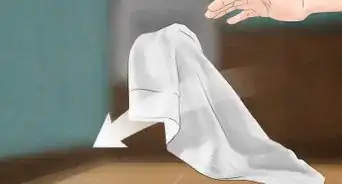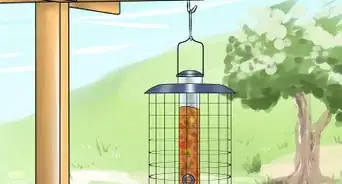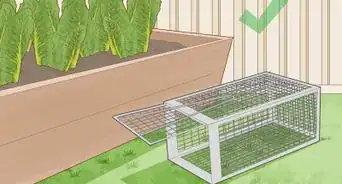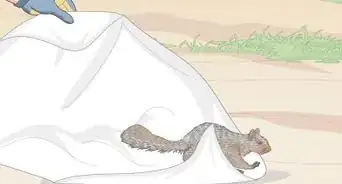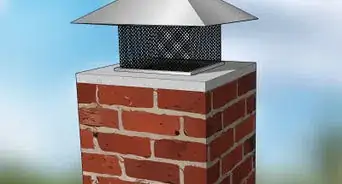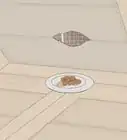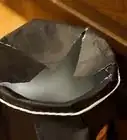wikiHow is a “wiki,” similar to Wikipedia, which means that many of our articles are co-written by multiple authors. To create this article, 24 people, some anonymous, worked to edit and improve it over time.
There are 7 references cited in this article, which can be found at the bottom of the page.
wikiHow marks an article as reader-approved once it receives enough positive feedback. In this case, 90% of readers who voted found the article helpful, earning it our reader-approved status.
This article has been viewed 363,754 times.
Learn more...
Is a groundhog wreaking havoc in your garden? Groundhogs have a big appetite for vegetables and legumes, and many gardeners and farmers turn to trapping as the best solution. To trap a groundhog, you have to know the creature's habits and lure him out of his burrow to take the bait. It's not an easy process, but soon your vegetable garden will be able to grow freely again. See Step 1 to learn how to trap and release these critters.
Steps
Planning to Trap
-
1Decide what type of trap to use. There are two types of traps available for groundhogs: traps that kill the groundhogs immediately and traps that keep them alive, so you can take them somewhere and release them. Because the traps that kill groundhogs are dangerous to use and often end up killing house pets and other animals, they are illegal in many places. The safer and more humane option is a live trap, which uses bait to lure the groundhog into a cage that has a door that will lock shut.[1] These traps are available at garden supply stores and can be reused as often as necessary.
- If you prefer to use a trap that kills the groundhog and it's legal in your state to do so, call a professional groundhog extermination service to have them set the trap and deal with the groundhog after it's been caught. This is not recommended if you have pets that may wander near the trap.
- Relocating groundhogs is also illegal in some areas. If this is the case in your region, you'll need to call animal control to dispose of the groundhog on your property.
-
2Set the trap in the early spring. In the spring, groundhogs are active, but they haven't yet given birth to their young. Trapping them before the babies are born will prevent you from having 4 extra groundhogs to deal with. Another benefit of trapping in spring is that the tunnels are easier to spot, since no foliage is covering them. Finally, groundhogs are extra-hungry this time of year because their favorite foods have yet to sprout. This means they'll be easily enticed by the bait you set out.[2]
- Plan to trap groundhogs in early spring, before the flowers and leaves come out in full force.
- You can also trap groundhogs in the fall.
Advertisement -
3Find a groundhog hole. The best place to set the trap is close to the entrance hole to the groundhog's burrow. To find the hole, look for a place where the dirt at the ground's surface is disturbed, and follow it to a small hole or caved-in spot. You'll want to set the trap 5–10 feet (1.5–3.0 m) from the hole to make sure it's within easy reach.[3]
- Determine where the groundhog high-traffic area is by looking for footprints, trails or where the most damage has been done to your crops. Select holes in these high-traffic areas for your traps.
Trapping the Groundhog
-
1Wash the trap. Clean it well with mild or unscented dish soap to remove any human scent on it. The groundhog will be more likely to approach the trap if it doesn't smell like you. From this point forward, handle the trap with rubber gloves on to avoid transferring your scent back to it.[4]
-
2Anchor the trap. Weight your trap down so that it does not shake when the animal enters. The shaking may spook the groundhog, and it may not enter far enough to become trapped. You can weight it by placing a heavy rock in the back of the trap or putting rocks on top of the trap.[5]
-
3Conceal the trap. Groundhogs won't be likely to walk into a shiny new trap. You'll have a better chance of catching a groundhog if you conceal it by covering it with some vegetation, like branches and leaves. You could also hide the metal with a burlap sack or some pieces of wood to make it look less like a trap.[6]
-
4Bait the trap. Scatter some vegetables like lettuce, carrots and celery inside the trap. Choose foods that specifically grown in your garden or crop area that you know the groundhog likes to eat, because you've seen the evidence. You can also buy a product called "woodchuck lure" that attracts groundhogs very well.[7]
-
5Set the trap to stay open at first. Set it so that it stays open for the first few days, so that the groundhog will get used to it and feel safe going inside to get the bait. After 3 or so days, change the setting so that the door will close behind the groundhog next time it wanders inside.
-
6Check the trap regularly. If you are using a live trap, it is inhumane to leave the animal in a trap without water and exposed to the elements for long periods of time. Make sure that you remove the animal from your property shortly after it has been caught.
Setting it Free
-
1Cover your trap with a cloth sheet after you have caught your groundhog. This will calm the animal down so you can go about the business of transporting it.
-
2Transport the animal to its new location. Choose a wooded area far enough away from your property that it won't return - at least 10 miles (16 km).[8] The area should offer plenty of shade and have an easily accessible water source. Speak to local law enforcement or to an area conservation office to find out the best place to release the groundhog. There may be laws dictating where it should be released.
-
3Release the groundhog. Set the trap down when you find the appropriate location, remove the sheet and open the door. Make sure you allow yourself enough time for the groundhog to remove itself from the trap on its own accord.[9]
- Do not get too close to the groundhog. Groundhogs' teeth are quite sharp, and you could end up with a bad bite if you aren't careful.
Community Q&A
-
QuestionWhen do groundhogs eat?
 Community AnswerThey eat in the early morning and late afternoon, typically.
Community AnswerThey eat in the early morning and late afternoon, typically. -
QuestionHow long do they live?
 Community AnswerAbout 80% of groundhogs die before they are 1 year old, while others live for 2 to 3 years. They can live for up to 10 years in captivity.
Community AnswerAbout 80% of groundhogs die before they are 1 year old, while others live for 2 to 3 years. They can live for up to 10 years in captivity. -
QuestionCan woodchucks live in brush piles?
 Community AnswerTypically no, although they might investigate brush piles while looking for food. If you notice a woodchuck frequenting a brush pile, try setting a live trap nearby for a few days.
Community AnswerTypically no, although they might investigate brush piles while looking for food. If you notice a woodchuck frequenting a brush pile, try setting a live trap nearby for a few days.
Warnings
- Similar to many other animals, woodchucks or groundhogs carry disease. Be careful to not get bitten or scratched. If you do, see your doctor for a check-up.⧼thumbs_response⧽
Things You'll Need
- Wire animal trap
- Mild or unscented dish soap
- Rubber gloves
- Cloth sheet
References
- ↑ http://www.batguys.com/articles/trapping_woodchucks.html
- ↑ http://www.wildlifeanimalcontrol.com/groundhogtrapping.html
- ↑ https://www.doyourownpestcontrol.com/groundhog.htm
- ↑ http://www.havahart.com/how-to-trap-groundhogs
- ↑ http://www.wildlife-removal.com/groundhogtrapping.html
- ↑ http://www.wildlife-removal.com/groundhogtrapping.html
- ↑ http://www.wildlifeanimalcontrol.com/groundhogbait.html
- ↑ http://www.wildlife-removal.com/groundhogtrapping.html
- ↑ https://www.pgc.pa.gov/Wildlife/Pages/NuisanceWildlife.aspx
About This Article
To trap a groundhog, start by getting a live trap and cleaning it with dish soap to remove the scent of humans. Next, place the trap near the entrance of the groundhog hole, making sure to wear rubber gloves to avoid transferring your scent back to it. Then, bait the trap with lettuce, carrots, and celery, and set it up to stay open so the groundhog gets used to going inside it. After 3 days, set the trap to close once the groundhog walks in. Afterwards, check the trap frequently to ensure that the groundhog isn’t left inside it for too long. For more advice, including how to set the groundhog free after trapping it, keep reading.
